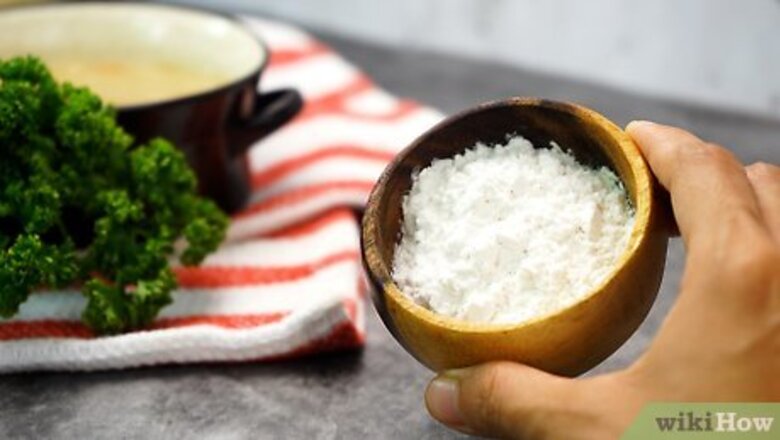
views
Adding Cornstarch or Flour to Your Gravy
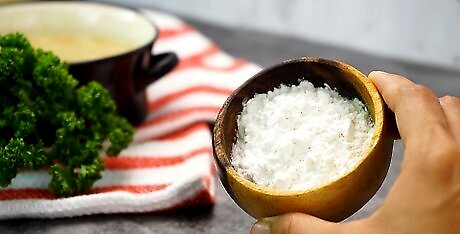
Buy flour or cornstarch. You can buy both of these items at your local grocery store. Flour or cornstarch will help to thicken any sauce, and gravy is no exception. As long as you can avoid making lumps this option is the fastest way to thicken your gravy.
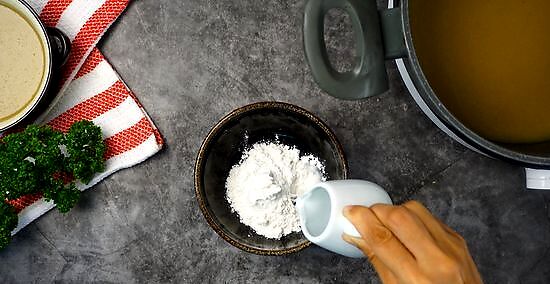
Mix cornstarch or flour with a little water. You should put slightly more water than cornstarch or flour. There are no exact measurements here because it all depends on the amount of gravy that you have. This isn’t an exact science so you’ll have to eyeball it, but you should use approximately two tablespoons of cornstarch per cup of gravy. Make sure that you make this mix in a separate bowl. Stir thoroughly until smooth.
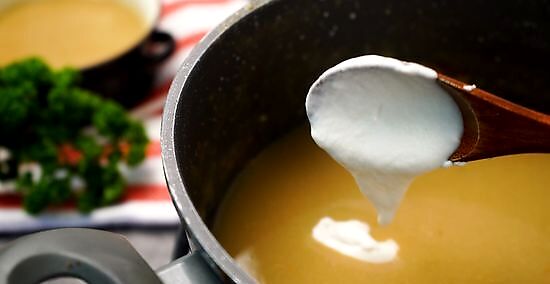
Add the water and flour or cornstarch mixture to the gravy. Don’t pour it in all at once, make sure you do this very gradually. Pour a little bit, stir, and then pour some more. Continue this process until all of your mixture is in the gravy. Now give the gravy another good stir to get rid of any cornstarch lumps that might still be in there.

Remove your mixture from the heat source when the gravy thickens. When the gravy takes on a viscous look it’s probably ready to go. You can also taste it with a spoon to see if it has reached the thickness you wanted. It’s all about your own personal taste. Just don’t let it burn. Now you are ready to serve your gravy!
Adding Gravy to a Roux
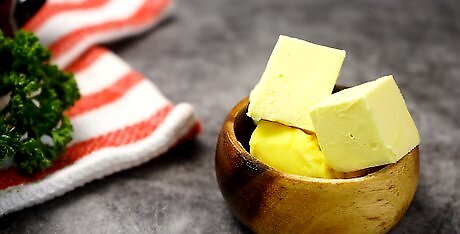
Choose a fat that complements the gravy. A roux is a thickened mixture made from a fat and flour. This method is more time-consuming than the water and flour method, but the risk of lumps is minimized. Normally you should choose a fat like butter, leftover fat from the meat pan, or a suitable oil such as olive oil. The ratio is usually about half fat, half flour, although a little extra flour doesn't hurt.

Melt the butter or fat in a heavy saucepan. You want the saucepan to be sturdy so that you can stir in there without the pan moving all over the place. Keep the stove on about medium heat and turn it down if you smell the butter burning. This will depend on what type of stove you have.
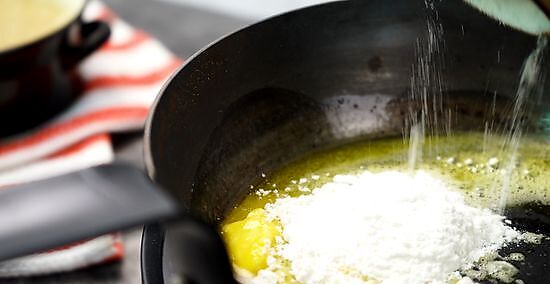
Add a similar weight of sifted flour to the melted butter or fat. Mix well, stirring constantly with a wooden spoon. Constant stirring helps to avoid making lumps. When the mixture starts to froth a little transfer it to the gravy. It should take about five minutes before the mixture froths.
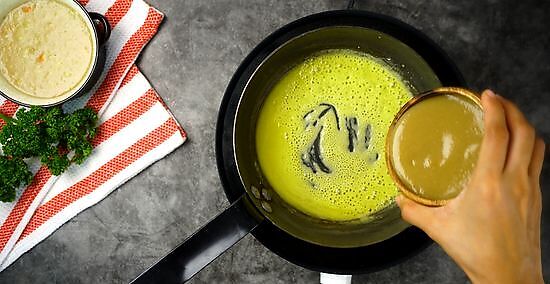
Stir the gravy into the mixture. Make sure you stir it well, you want the mixture to fully incorporate itself into the gravy. Otherwise you risk your gravy tasting a little strange. Keep stirring until the gravy thickens – that’s how you’ll know the mixture is incorporated. If the gravy still isn’t thick enough to your liking you can always repeat the process with another roux.
Adding Arrowroot to Your Gravy
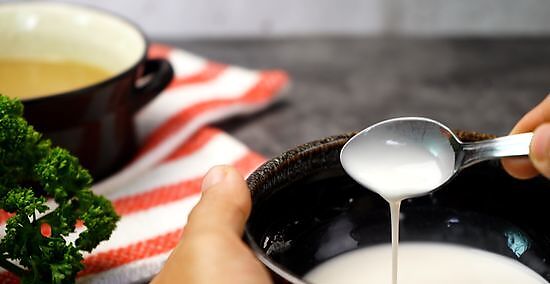
Add 2 teaspoons of arrowroot for every tablespoon of flour or cornstarch that is called for in the gravy recipe. Arrowroot is a starch extracted from tropical fruit rhizomes. It's a fine powder and works really well as a last-minute gravy thickener. The arrowroot must be added to a little cold liquid and blended into a paste before being added to the hot gravy.

Stir the arrowroot constantly while bringing the gravy to the boil. The beauty of arrowroot is that it will stay clear, which can be important for lighter colored gravy. You don’t have stir really hard, just keep the arrowroot in motion while your gravy comes to a boil.
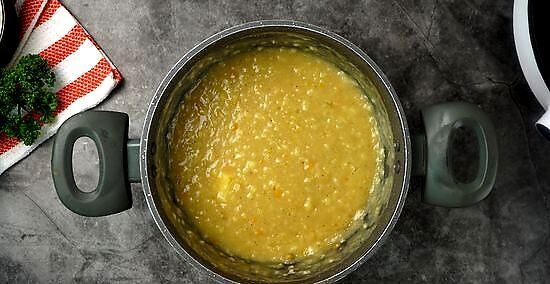
Remove the gravy immediately once it has reached its boiling point. Any further cooking can have the reverse effect and thin the arrowroot. As soon as you see bubbles in the gravy remove the gravy completely from the hot stove plate. Don’t just turn the stove off and let the gravy sit on there – it will continue to boil!

Let the gravy cool and then serve. Hopefully it has reached the consistency that you were looking for. Wait about ten to fifteen before serving your gravy so that it can cool down to an appropriate temperature. You want to be able to taste the flavor after all.




















Comments
0 comment